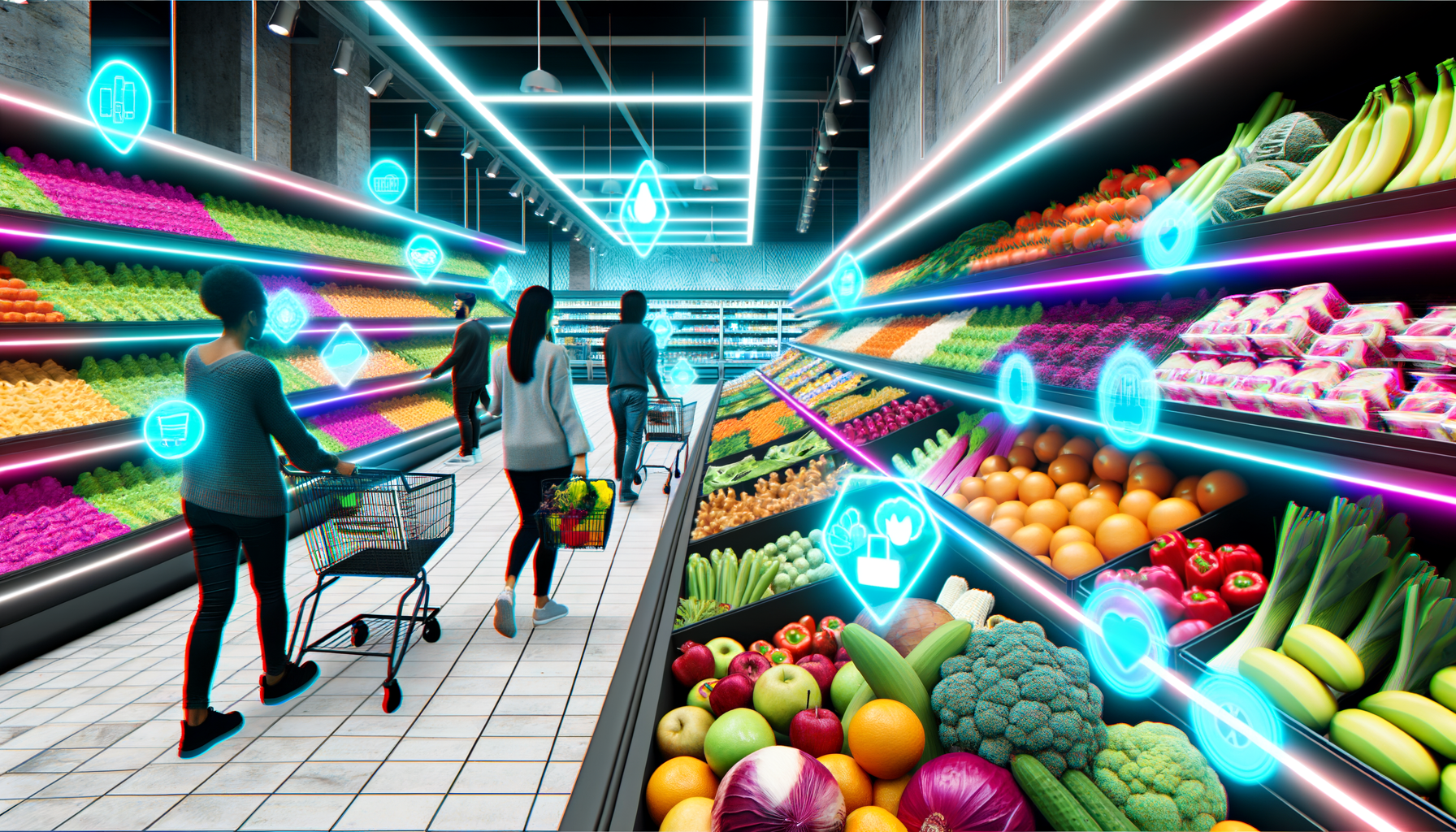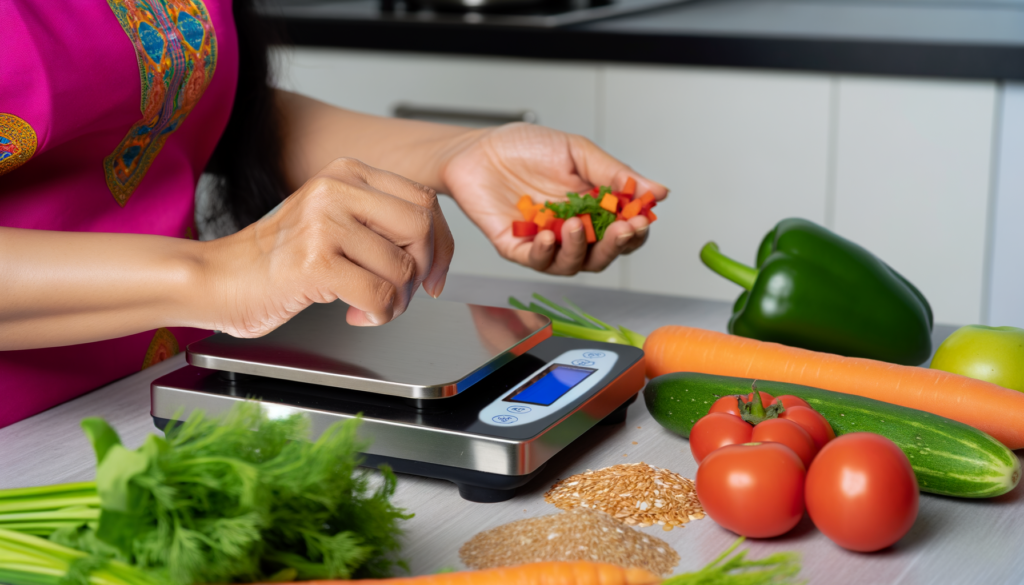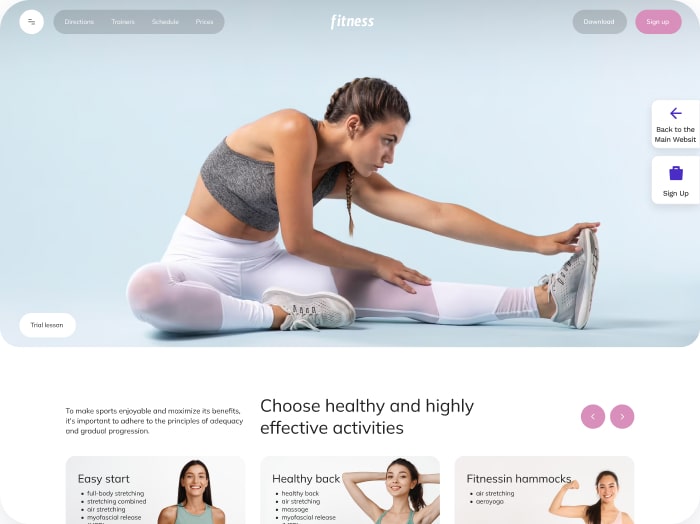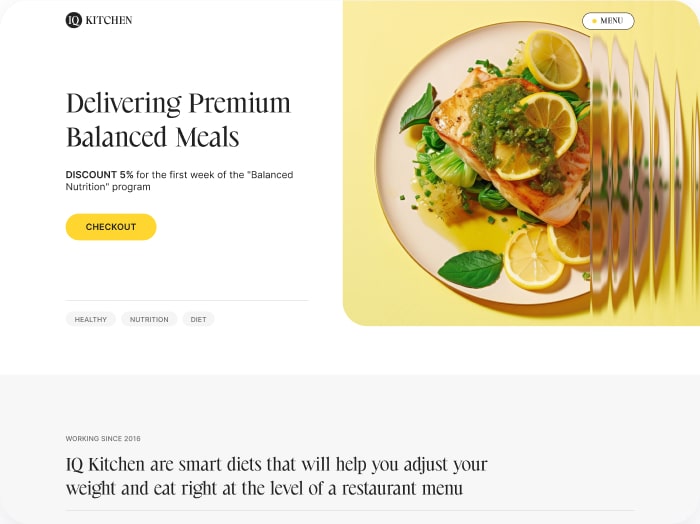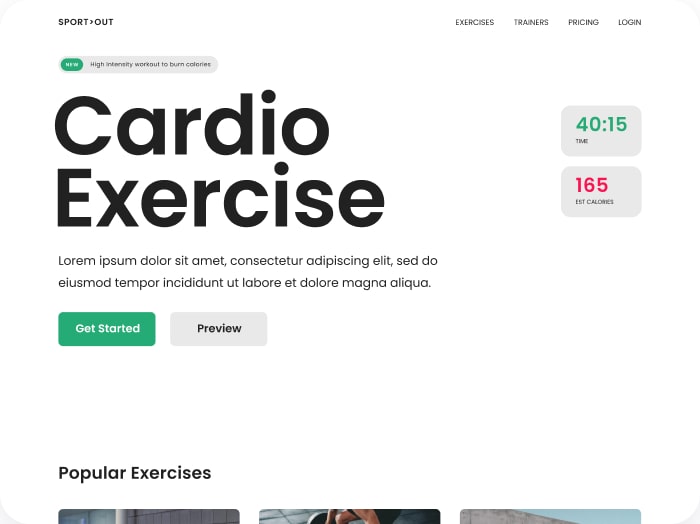Revolutionizing Grocery Shopping and Meal Planning with Augmented Reality
In the ever-evolving landscape of retail and consumer technology, Augmented Reality (AR) is emerging as a game-changer for grocery shopping and meal planning. This innovative technology is not only enhancing the shopping experience but also making it more interactive, informative, and personalized.
The Rise of AR in Grocery Stores
AR technology has been increasingly adopted by grocery stores to improve the in-store shopping experience. One of the most significant applications is the use of AR wayfinding apps. For instance, Marks & Spencer introduced the “List & Go” app, which allows customers to enter their shopping lists and navigate the store using on-screen markers and a compass-like direction indicator. This tool significantly reduces the time and frustration associated with finding specific products in a large store.
Enhancing Product Information with AR
AR is not just about navigation; it also plays a crucial role in providing detailed product information. By scanning a QR code on a product label, customers can access additional details such as nutritional content, recipe suggestions, and even sustainability practices. This is particularly useful for health-conscious shoppers who want to make informed decisions about their purchases. For example, the Italian sauce brand Francesco Rinaldi uses AR packaging to provide customers with more information about their products, enhancing transparency and customer satisfaction.
Interactive Meal Planning
AR is transforming meal planning by making it more interactive and visual. Apps like those developed by Appinventiv allow customers to visualize their meal choices in 3D before ordering. By pointing their smartphone at a menu, customers can see detailed 3D representations of dishes, including ingredient breakdowns, portion sizes, and nutritional information. This interactive approach enhances decision-making and makes the menu more engaging and informative.
AR-Driven Recipe Assistance
For home cooks, AR applications offer real-time, step-by-step recipe guidance overlaid directly onto the kitchen space. These apps project the next steps onto the countertop, showing exactly where to chop, pour, or mix ingredients. This hands-free, visual approach ensures accuracy and confidence in the kitchen, making complex recipes more accessible to cooks of all skill levels.
Personalized Dietary Assistance
AR can also provide personalized dietary assistance by offering real-time alerts for allergens and tailored meal suggestions based on individual dietary restrictions. For instance, AI-powered meal planning apps like Mealime and Whisk suggest personalized recipes based on dietary preferences, allergies, and the number of servings needed. These apps create shopping lists automatically, making grocery shopping hassle-free for parents and individuals with specific dietary needs.
Virtual Tours and Tastings
AR and Virtual Reality (VR) technologies are also offering customers the opportunity to virtually tour vineyards, breweries, or restaurant kitchens. This immersive experience allows customers to learn more about the products they are considering, adding depth and context to the dining experience. For example, a customer interested in a particular wine can take a virtual tour of the vineyard where the grapes were harvested, enhancing their understanding and appreciation of the product.
Sustainability and Transparency
AR can display the origins and environmental impact of ingredients, encouraging more sustainable dining choices. By providing information on the sustainability practices of the products they purchase, AR helps consumers make more informed and environmentally responsible decisions. This transparency is crucial in today’s market, where consumers are increasingly conscious of the environmental footprint of their food choices.
Benefits for Retailers
The integration of AR into grocery shopping is not only beneficial for customers but also for retailers. AR apps can help retailers understand customer preferences better, based on data collected about their tastes and shopping habits. This information provides valuable insights into which products are most often considered, bypassed, or selected by shoppers, enabling retailers to optimize their product displays and marketing strategies. Additionally, AR can help reduce overhead costs by streamlining processes and improving customer satisfaction, leading to higher engagement and loyalty.
Implementing AR Solutions
Implementing AR solutions in grocery stores involves several key steps. First, customers need to download an AR app on their smartphone and register an account with their personal preferences and dietary information. The app then recognizes products as customers browse the aisles and displays relevant information on their screens. Retailers can integrate these AR solutions into their existing digital systems, such as planograms, to ensure a seamless and efficient rollout. Companies like Shockoe and Poplar Studio specialize in developing these AR solutions, ensuring they are tailored to the unique needs of each store.
Future of AR in Grocery Shopping
As AR technology continues to evolve, it is clear that it will play a significant role in the future of grocery shopping and meal planning. From wayfinding apps and AR packaging to 3D product visualizations and immersive advertising, the possibilities are vast. Retailers who adopt these technologies will be better positioned to meet the changing needs of modern consumers, who are increasingly looking for easy, quick, and informative shopping experiences. Whether it’s enhancing the in-store experience or providing personalized meal planning, AR is set to revolutionize the way we shop for and interact with food.
Conclusion and Next Steps
In conclusion, integrating AR into grocery shopping and meal planning offers a multitude of benefits for both customers and retailers. It enhances the shopping experience, provides valuable product information, and makes meal planning more interactive and personalized. For those looking to leverage these technologies, it is essential to partner with experts who can tailor AR solutions to their specific needs.
If you are interested in transforming your grocery shopping experience or enhancing your meal planning with AR, consider reaching out to specialists like Poplar Studio or Shockoe to explore the various AR options available.
For individuals looking to optimize their meal planning and grocery shopping, tools like Mealime and Whisk are excellent resources to get started.
In the world of health and fitness, making informed dietary choices is crucial. Tools like the Calorie Calculator Cloud can help you track your nutritional intake and plan meals that align with your health goals.
Embrace the future of grocery shopping and meal planning with AR, and experience a more engaging, informative, and personalized shopping journey.
